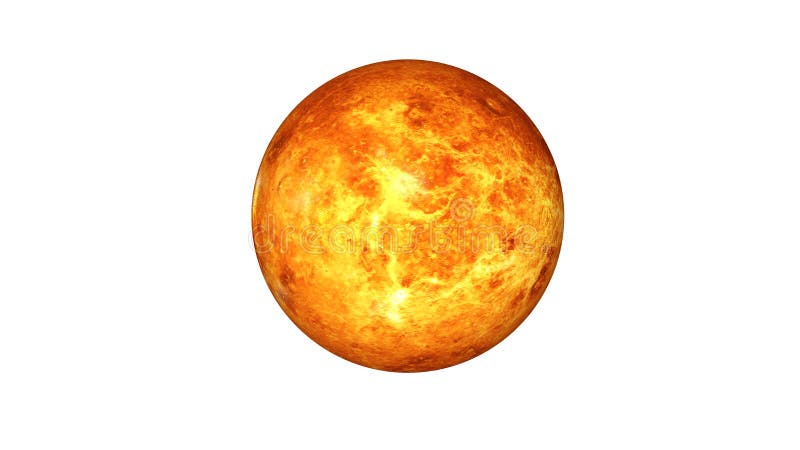Hayter’s article for April 3, 2022
“The Venus Fire Trap”
Some of you may recall that for our last couple of gatherings I’ve been meaning to tell you about the planet Venus. Well, this week I plan to do just that. The process will involve you joining a class I teach for a few of my friends. Tuition is free. All I ask is that you don’t misbehave. Here goes.
All right, class, settle down. And while you’re at it, sit down. It appears that Charlotte and John are absent? Since John isn’t here, perhaps we’ll get fewer interruptions. Okay, notes out. Let’s get started.
Class, today we will be looking at Venus, but only through our imaginations. So if you’re imagining anything else during class, quit it! As you know, Venus is the fourth planet from the sun. -- Yes, Janet? Correct, it’s the second planet. I’m sure the rest of you knew that, you just didn’t give a rat’s rump.
There are some weird things about Venus. For one thing, it is the only planet that orbits the sun upside down. We’re not sure why, but it is theorized that a billion or so years ago, something hit it. – Yes, Curt? Okay, I suppose it could’ve been a massive mallard from outer space. Curt, I don’t need you to take John’s place. But, I’ll tell him you tried.
Not only is Venus upside down, but it spins counterclockwise. All of the other planets spin clockwise because that’s what they’re supposed to do. But Venus has to be different. I’m sure you know the type. And, as if that’s not enough, it takes Venus 81 of our days to spin around once, and 225 days to make it around the sun, making its year 140 days shorter than ours.
Venus is also the hottest planet in our solar system. It’s further from the sun than Mercury, yet, the surface of Mercury is cooler than that of our second planet. That’s because Venus has a thick atmosphere. You would not believe the cloud cover. Scientists first believed the cloud was made of water vapor, like ours. Turns out, it’s hot and heavy, composed mostly of carbon dioxide. The only way you can get a picture of the planet is to get below the clouds.
In 1965 the Soviet Union attempted to do just that. While we were planning to land a man on the moon, the Russians sent a probe to Venus to get some photos. They never heard back from the probe, because it supposedly melted before landing. Their seventh mission to Venus was a success. They managed to determine that the average temperature at the surface of the planet was 862 degrees. They also managed to get a few bad photos, before their camera and landing craft melted. The Soviets attempted 27 landings on Venus. The last one was in 2020. The next is supposed to be in 2030, when they try to determine if one of the gases in the thick, boiling atmosphere of Venus might harbor a lifeform.
Yes, Jill? -- How could the surface of Venus be hotter than Mercury? Oh, I thought I mentioned that. Let’s see, Mercury has no atmosphere at all. The heat from the sun hits it and then dissipates into space. The thing about Venus is that the heat is not able to return to space because it can’t penetrate the cloud cover. Coming in is okay. Going out is not an option.
Before we leave Venus, are there any questions? Cool. For those of you who slept through the first segment of class, you’ll want to stay awake for this one.
We’ve covered some of this previously. The Solar System’s ninth planet was first discovered in 1906, by a scientist who named it Planet X, And, this was before science fiction movies. Unfortunately, after the guy died, no one else could find Planet X. All they could find were specks of light in the same orbit around the Sun. One of ‘em had to be Planet X, but which one? In 1929, astronomer Clyde Tombaugh, supposedly located X. After the story hit all the newspapers, an 11-year-old British girl suggested the planet be named after Mickey Mouse’s dog. – Wait, that’s not right.
The planet was actually named after the Roman god of the underworld -- Pluto. The Greek name for the underworld god was “Hades”. The name “Pluto” sounded less threatening. As you likely noticed, all of our planets are named after Roman or Greek Gods. At first, Pluto was believed to be larger than Jupiter. Much later, it was found to be two-thirds the size of our MOON!. Since 1930, astronomers have estimated there to be 200 to 10,000 other Pluto-sized spheres in what is called the Kuiper Belt. That’s a continuous blanket of ice and rocks that orbits the sun from a distance further out than our eighth planet. And that would be? – Big Al? Yes, “Neptune”. The Roman God of the Sea.
Bottom line, if we continued to let Pluto be classified as a planet, the International Astronomical Planet-naming Society would have to come up with, perhaps, thousands of other Pluto-sized spheres in the Kuiper Belt. The Society members were already embarrassed about overestimating the size of Pluto, so they didn’t want to draw attention to themselves further by coming up with a bunch of weird names for the thousands of yet-to-be-found planets in the Kuiper Belt. So some astronomers call the Pluto-sized spheres, dwarf planets. Others call them “space debris”.
To this day, some astronomers still consider Pluto to be a planet. Russian astronomers? They don’t care one way or the other. They’re too busy discovering life on a planet that is hotter than a burning log. – For homework this week, let’s all be nice to others. Tough times require kind people. I consider myself one because I’m assigning NO HOMEWORK!
end
No comments:
Post a Comment